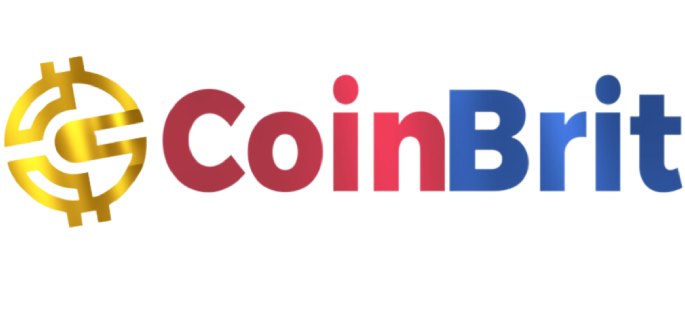Tokenised domain names may seem like a niche concept, but for D3 founder Inder Singh, they’re the most natural real-world asset to bring onchain. With the domain name industry already worth over $360 billion, Singh believes tokenising these digital assets could push their collective value well beyond $1 trillion, especially once DeFi unlocks programmability, liquidity, and broader accessibility.
“Everyone knows there’s a non-zero value to a domain,” Singh told DL Research. “It’s the first thing you get when launching a company or a project. Our goal is to let people extract that value, monetise it, and build on it all while staying in sync with web2 infrastructure.”
D3’s protocol enables users to send, receive, and trade domains onchain, while still retaining ownership links to traditional registrars like GoDaddy and Namecheap. This web2 compatibility, Singh argues, is essential to unlocking widespread utility and DeFi integration.
From Static Assets to DeFi-Powered Instruments
The traditional process of buying and selling domain names is notoriously clunky, often relying on manual negotiations and opaque valuations. Singh sees web3 as the breakthrough moment for making domains liquid, programmable, and widely usable.

D3 founder Inder Singh
“Right now, it’s frustrating to buy or sell a domain,” Singh explained. “But once you introduce spot trading markets, you open the door to lending, leasing, and even fractional ownership. It’s like turning domains into the real estate of the internet, but more dynamic.”
With domains tokenised, D3 envisions use cases like:
REIT-style baskets of top-level domains
Programmatic DNS access
Automated SSL renewals
Trustless crypto payments tied directly to verified domains
Imagine a future where you could confidently send crypto to Amazon.com, knowing the DNS matches the payment receiver. That level of trust and automation, Singh believes, is what web3 can offer closing the gap between usability and security.
“There shouldn’t be a web2 domain or a web3 domain,” he said. “There should just be domains that work seamlessly in both worlds.”
Empowering Builders Through the Forge Initiative
To catalyse innovation, D3 has launched Forge, a builder programme offering hands-on support, grants, and technical tooling to developers. The initiative is designed to help builders move fast while navigating a highly technical domain landscape.
Forge includes:
Smart contract SDKs for domain order books and fractionalisation
Access to D3’s in-house design and engineering support
Pre-vetted business ideas based on real-world problems
Ongoing grants and mentorship
“We’ve already had over 300 developers apply,” Singh revealed. “But we’re just getting started. The most creative applications will come from the community.”
Backed by D3’s deep experience in the traditional domain industry, Forge also offers insights and use cases shaped by decades of market observation. Singh says the team starts every project by identifying real pain points and then helping builders design solutions with clear market demand.
Balancing Compliance with Decentralisation
A critical feature of D3’s protocol is its DNS compliance. Unlike many crypto projects that operate in isolation from traditional systems, D3 has chosen to work within existing regulatory structures. That includes compliance with ICANN, integration with major registrars, and built-in dispute resolution mechanisms.
“All of our systems are DNS-compliant,” Singh emphasised. “That means users, registrars, and developers are all protected by the same standards that govern today’s domain ecosystem.”
One such protection is the integration of UDRP (Uniform Domain-Name Dispute-Resolution Policy), which has been used for years in resolving web2 domain conflicts. By embedding UDRP natively, D3 aims to give users peace of mind while allowing builders to innovate without regulatory friction.
Singh credits much of the protocol’s success to close collaboration with traditional partners. “We didn’t just build in isolation,” he said. “We sat down with customers and partners, walked through everyone’s needs, and made sure the protocol works for both sides.”
Unlocking Liquidity Through Fractional Ownership
Perhaps D3’s most ambitious goal is to make domains a fully liquid, tradable asset class, not just for the elite, but for the everyday investor. Singh sees fractionalisation as the key.
“For years, people have tried to fractionalise domains in web2, but it’s always been clunky and inefficient,” he said. “Onchain, we can finally do it right.”
Fractional ownership could allow anyone to invest in premium domains not with millions, but with as little as ₹1,000 or £10. Singh believes this would expand the investor base significantly and drive up total market liquidity.
“There’s no real-time trading, no DeFi, no innovation in the current system,” he said. “Crypto is going to be the step-function upgrade.”
With the combination of programmable security, regulatory integration, and support for builders, D3 is positioning itself as the bridge between the established domain industry and a programmable, decentralised internet.
D3’s vision is bold: to make domain names not just identifiers, but dynamic financial assets. By merging the reliability of web2 infrastructure with the power of web3 programmability, it aims to transform a stagnant $360 billion market into a trillion-dollar DeFi opportunity. And if Singh’s predictions hold true, tokenised domains could become the internet’s next big investment frontier.


